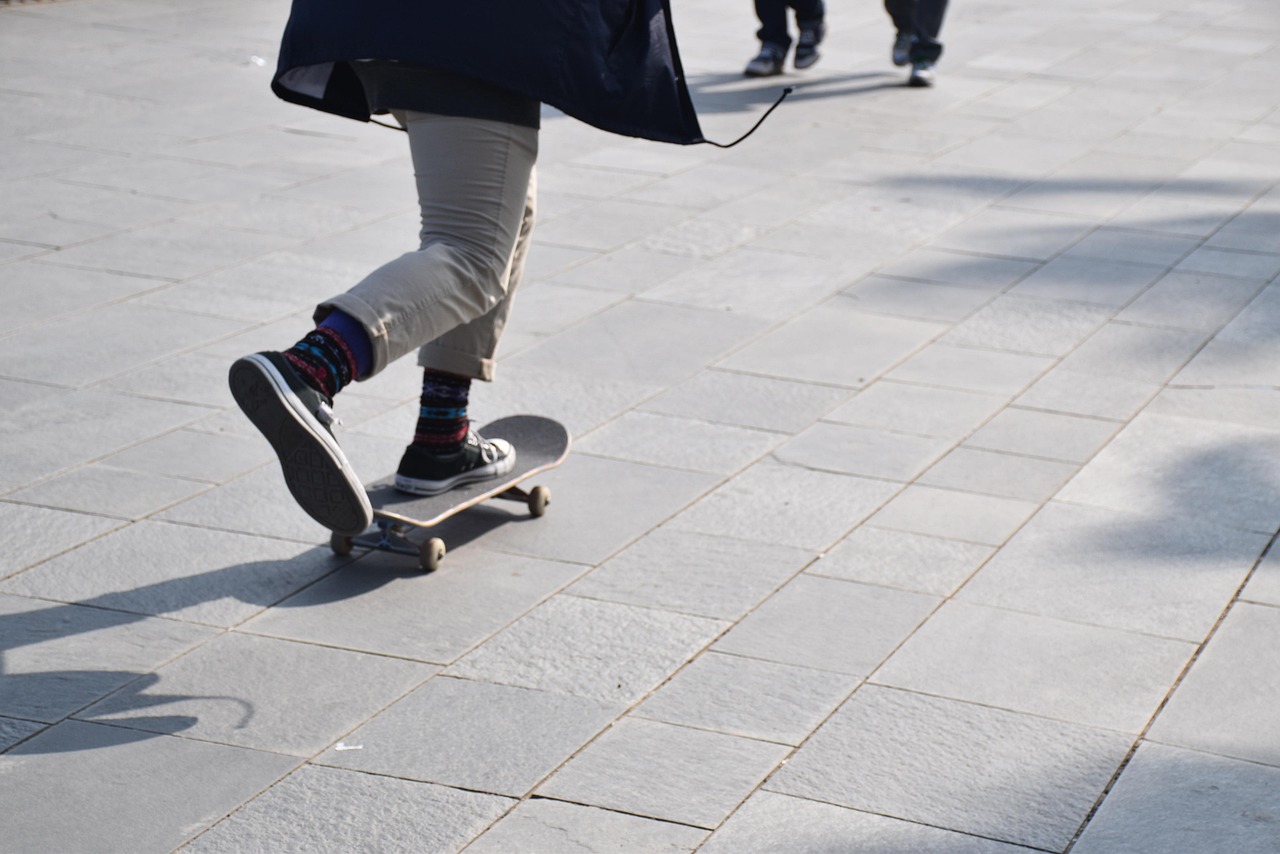"Breaking Barriers: The Rise of Non-traditional Sports in Urban Spaces"
Sports are no longer confined to traditional arenas like football fields, basketball courts, or swimming pools. Urban environments are becoming new playgrounds for athletes, transforming concrete jungles into their sports arenas. This article will delve into the rise of non-traditional sports in urban spaces, how they're reshaping our perception of physical activity, and what this means for the future of sports.

From Concrete to Courts: The Birth of Urban Sports
Beginning in the latter part of the 20th century, urban sports began to evolve as a response to the lack of green spaces in cities. Young people started to use their surrounding urban landscape as a playground for sporting activities. Skateboarding and street basketball were among the first non-traditional sports to gain popularity. Cities began to adapt, creating skate parks and street basketball courts, recognizing the need for accessible sports facilities within urban environments.
Trending Now: Urban Sports on the Rise
In recent years, new urban sports have emerged, fueled by the growing desire for innovation, creativity, and inclusivity in sports. Parkour, an athletic discipline that involves traversing urban environments rapidly using only the body, has gained significant traction. Slacklining, an activity where athletes walk or balance on a suspended length of flat webbing, has also seen a surge in popularity.
The Pros and the Cons: Analyzing Urban Sports
Urban sports offer numerous benefits for participants. They promote physical fitness, provide social interaction, and can foster a sense of community. However, they also pose challenges. Urban sports often involve high risks due to the unpredictable nature of urban environments. Injuries are not uncommon and the lack of formal regulations can lead to safety concerns.
Urban Sports and Society: A New Era
The rise of urban sports reflects a shift in societal norms and values. They challenge the traditional concept of sports, pushing boundaries and encouraging diversity. As urban sports continue to grow, they pave the way for a more inclusive and innovative future in sports.
Urban sports are more than just a passing trend—they represent a fundamental shift in how we perceive and engage in physical activity. As they continue to evolve, these non-traditional sports provide a fascinating glimpse into the future of sports, challenging convention and redefining what it means to be an athlete.




